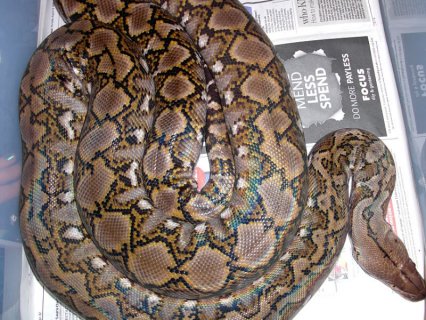
Jampea Reticulated Python
Reticulated Python Care (Python reticulatus reticulatus)
If you decide to go for an extra large enclosure, you must provide plenty of cover and hiding areas. A hiding place can be anything from a large tupperware box with a hole cut out to a naturalistic piece of cork bark. There are many brands of fake plants and d cor you can use which is both safe for the animal and pleasing to the eye. Cork bark is available from almost any reptile pet shop in the UK, and can be ordered in if they do not have it in stock. This is excellent cover for any reptile and is 100% natural. One thing you must consider when thinking about the size of the vivarium, is the bigger you go, the more hiding areas you must provide. I recommend at least one hiding place per metre in length of the enclosure.
For lovers of these huge pythons who cannot afford the space that they need, there are a number of Dwarf species which have become common on the market today. Jampea and Kayuadi Dwarf Retics are the more commonly seen. Jampea Retics are known to reach approximately 13feet, while the Retics from the Island of Kayuadi are known only to reach 9feet.
Heating
1) Safety Can the snake or owner injure itself from the enclosure or any appliances held within?
Reticulated Pythons require a thermal gradient, meaning they must be allowed to move around the enclosure to find their required temperature. The hot end of the enclosure should be 88-94 F while the cool end should be approximately 80-84 F. During the night, the temperature should drop to a more constant overall temperature of 80-84
D cor in your tank serves two purposes. First being extra cover for your snake and second, allowing for a more natural and pleasing appearance. When choosing d cor, think about the safety of the snake. Make sure that whatever you decide to use, it is securely fixed and that no rocks, wood or anything heavy can fall and possibly injure, or even kill the snake. You must also make sure that everything used is parasite free. If anything has been picked up from outside, or has originally come from outside, such as cork bark, you should either boil it, or place the item in the oven at 200 degrees Fahrenheit for approximately 30 minutes. Freezing works for some parasites, however others have been known to survive months in freezing conditions. Some parasites found in English conditions last winters in minus temperatures, so it is not entirely effective.
3) Size Will the enclosure be appropriately sized?
D cor
2) Secure Can the snake escape through any small hole or cavity?
Humidity
They do not require any form of special lighting, such as a D3 Ultra-Violet light commonly used for diurnal species. An Arcadia Natural Sunlight Fluorescent Lamp is a good form of lighting. This comes in lengths of 12 up to 48 and I suggest you use the largest size able to fit inside your vivarium. In a room-sized enclosure, a few may be needed.
Reticulated Pythons occur in South East Asia and therefore are exposed to a high humidity. This should be replicated in captivity to aid to the general health and well-being of your snake. A 60-70% humidity range will allow to snake to slough it s skin properly and become less prone to any problems such as respiratory infections.
You might also like
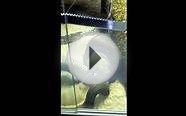


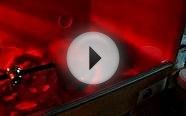
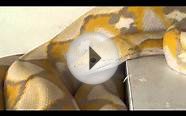
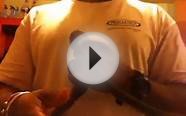
|
All About Snakes - Cobras, Rattlesnakes, Anacondas, Pythons and Other Deadly Venomous (Poisonous) Reptiles: Another 'All About' Book in the Children's ... Facts and Pictures Books - Animals, Snakes) eBooks |
|
|
The Giant Snakes; The Natural History of the Boa Constrictor, the Anaconda, and the largest Pythons, including comparative facts about other snakes and basic information on reptiles in general Book (Alfred Knopf) |






